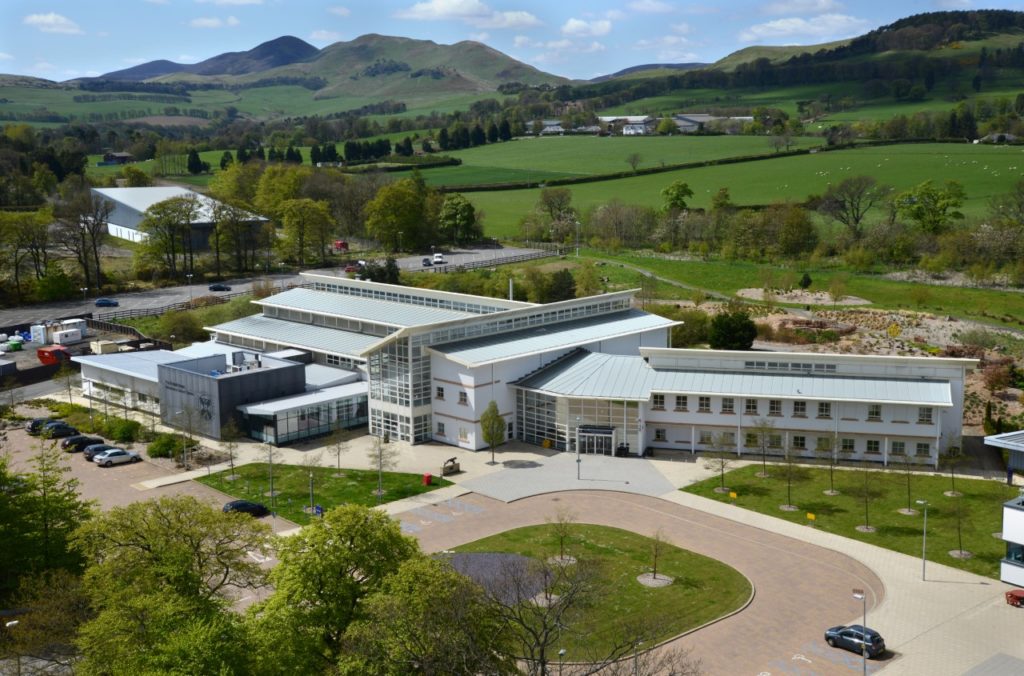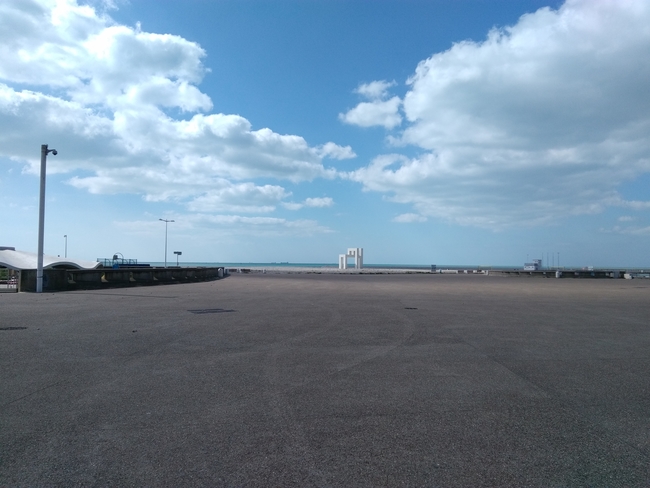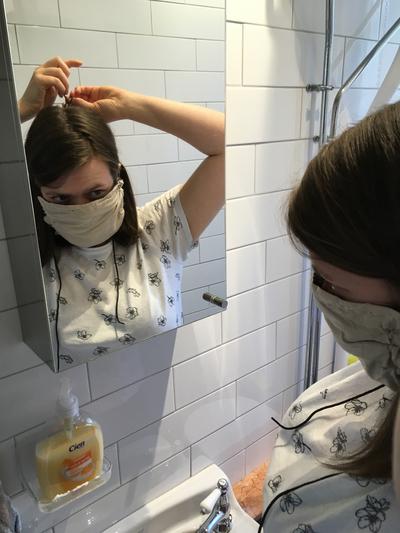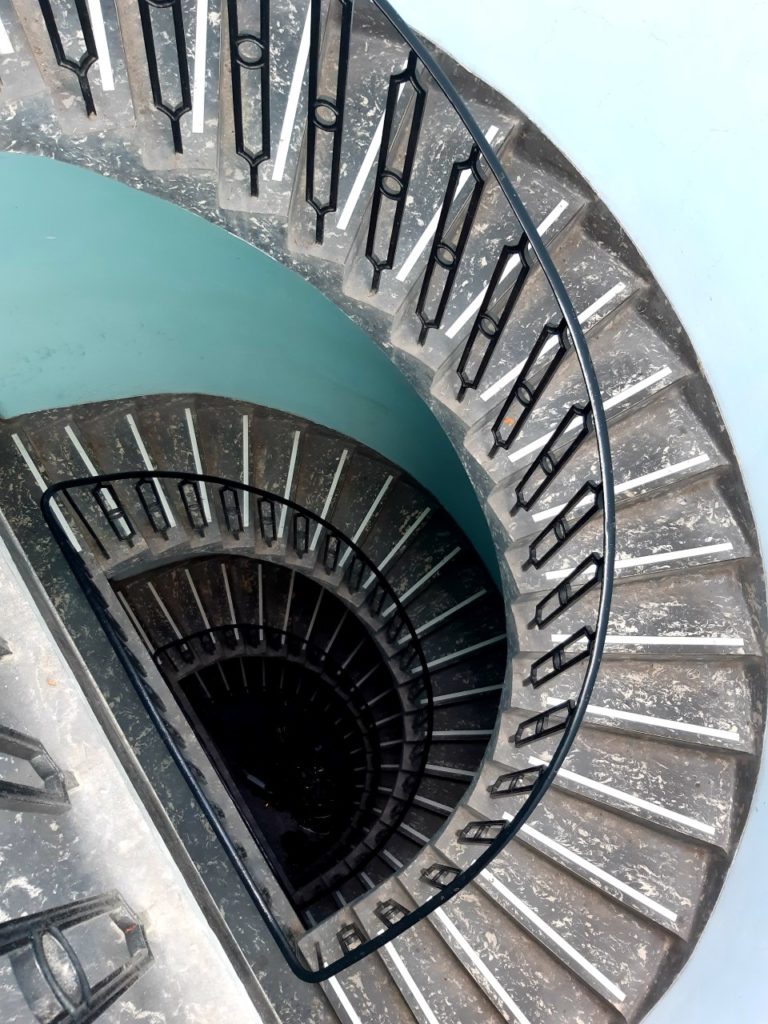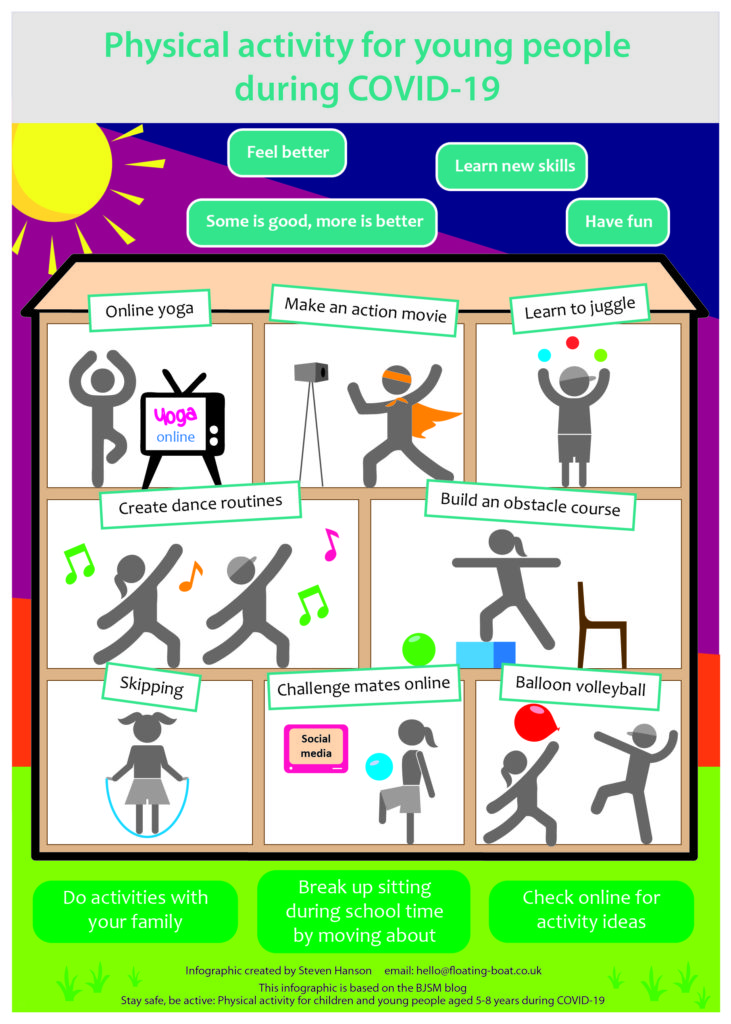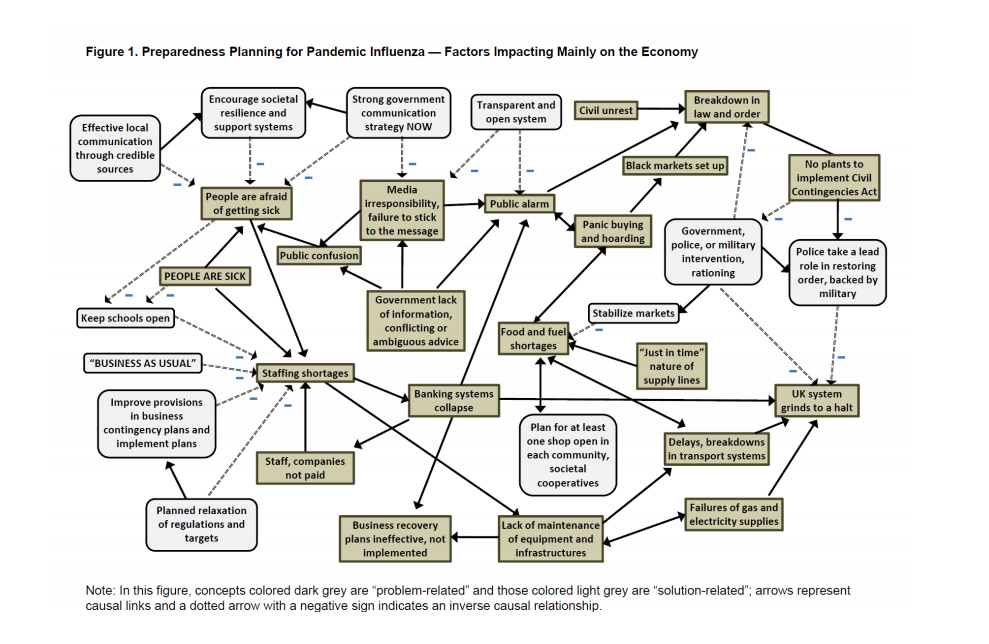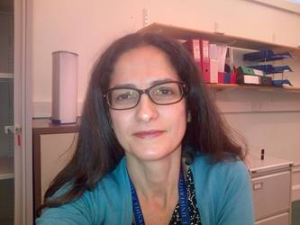Why did Croatia, Slovenia, Montenegro, Bosnia and Herzegovina, North Macedonia, Bulgaria, Hungary, Serbia and Ukraine respond much better than other countries of the European Union?
Nearly a month ago, I stressed that Croatia was the country with the lowest percentage of newly COVID-19 infected persons in Europe during the two weeks from the 2nd to the 17th of March, 2020. This means that our “first line of defense” did an excellent job. Then we went into quarantine at the right time, at a much earlier stage of the spread of the epidemic than pretty much anyone else in the European Union did. We have all become “Quarantine Croatia”, so I joined forces with our famous mathematician Toni Milun to explain together just how we came to be in this situation at all.
In mid-January 2020, a number of friends from Croatia suggested that I should start a new popular science series on Facebook in order to follow the COVID-19 epidemic in Wuhan. I called my Chinese colleagues at the time, asking them to briefly describe what was happening there. They conveyed a few simple but very helpful messages. What surprised me the most was the thought of putting 56 million people in quarantine for an extended period. That, then, on the 17th of January — so, just three months ago — sounded like a completely radical idea. But when I found out more, and then one week later — on the 23rd and 24th of January — I noticed that they’d indeed closed off Wuhan and fifteen other cities, I realized that it was an almost surreal event. One that was certainly worth following and writing about. Thus, on the 29th of January, “The ‘Quarantine of Wuhan’’ series began and in Croatian, it attracted more than 30,000 followers on Facebook, than 500,000 in Croatia’s media space when I started writing it for “Vecernji list” newspaper. The online version gets picked by other news portals, so it is now reaching more than 1 million people across the 6 countries from the former Yugoslavia.
My Chinese colleagues told me that more and more people with some sort of unusual pneumonia began to show up at Wuhan’s huge hospitals on a daily basis. That would usually drag on about ten days without responding to any sort of antibiotic therapy. Some people soon required additional oxygen or mechanical support to help them to breathe. When the doctors themselves became infected, the fear would grab them. How could it not? It was an unknown cause of pneumonia, and about one in ten patients would die even with hospital treatment. But what would surprise them was that the infected doctors had generally mild symptoms. They didn’t understand how it was possible that these infected patients were in such a poor condition but the infected doctors seemed much better if the cause of their respiratory infection was the same.
The answer to that enigma, however, could be found by looking through hospital windows to the streets of Wuhan, with its eleven million residents. To epidemiologists, such a rift of symptoms was a clear signal that an epidemic had to have been spreading rapidly among the population of that city for some time. It would be causing a broad spectrum of symptoms in different people. In the vast majority of those infected, the symptoms would be rather mild or moderate, so they would never report to the hospital. Symptoms would be worse in about fifteen percent of people and they would struggle to breathe, report to Wuhan’s hospitals and require extra oxygen. Only the remaining five percent of those affected with symptoms would end up in critical condition, in need of ventilators and intensive care. They further noticed that when doctors transmitted this unknown virus to other patients in the hospital, it would also kill about one in ten people who were infected. Those were mostly people who already had other serious illnesses. Men, smokers and older people were the most high-risk groups.
The doctors in the hospitals saw only that extreme part of the spectrum of the sick — serious and critical cases. Other infected residents, those with mild and moderate symptoms, walked around Wuhan spreading the infection at a rapid speed. Epidemiologists in Wuhan realized that the new illness would therefore not kill every tenth person it infects, but maybe every 100th person, maybe even every thousandth, depending on how many infected were there in the streets already.
The number of deaths in the hospitals could be used as a numerator, but all infected residents of Wuhan outside the hospital should have been placed in the denominator, i.e., the numerous people with milder symptoms. At the beginning of the epidemic in this city of eleven million people, no one knew if there were already a thousand, ten thousand, a hundred thousand, a million, or perhaps even ten million infected people. Therefore, quarantine had to be declared immediately. It was urgent to stop the ongoing exponential spread and only then explore what was going on.
***
It then became clear that COVID-19 was not an illness that primarily kills owing to the sheer severity of its symptoms. This was an illness that kills with an incredibly high rate of spread among the community. This spread leads to a tremendously rapid increase in the total number of infected people. With five percent of them falling critically ill, this would generate vast numbers of critically ill people, all of whom could no longer receive adequate care. That is why, for every deceased person who couldn’t be saved, there were several others who probably could be, but they all came in for treatment at the same time.
This overloaded the hospital’s intensive care facilities. My colleagues in China have told me that, after all the bad news from Wuhan that we’ve heard in the mainstream media, it would probably surprise us how relatively mild it is for most infected people once it reaches our part of the world through tourists or seafarers. They told me that the illness itself is not to be feared, but its rapid spread should be. Therefore, three things are crucial to its control:
(1) The spread from China to other countries should simply be stopped by the “first line of defense” — the constant isolation of the infected people and their contacts. This approach had proved successful and stopped two previous coronaviruses, SARS and MERS — although both of them had managed to spread to more than twenty countries from China and Saudi Arabia, respectively. Therefore, it seemed likely that this would work for COVID-19, too.
(2) We must be extremely careful if a virus manages to break through the “first line of defense”. That is when all those infected people with milder symptoms will start spreading it to the population very quickly, aided by the “super spreaders” that infect many individuals. Then the rate of increase in the number of cases can make anyone unpleasantly surprised and catch them entirely unprepared.
This is because the infections we’re confirming today reflect the spread of the infection days earlier and not the current situation. Between the infection and the diagnosis of the symptoms, there is a period of “incubation”, which lasts about a week. Therefore, if we diagnose 100 infected people on Saturday, we gain information about the spread of the infection since last Saturday. But during those seven days, the virus has spread rapidly, so today it has, in fact, infected more than 1,000 new people — who will only become visible to us next Saturday. This is the problem of “silent”, invisible, exponential growth, which isn’t intuitive to the human brain.
In short, the actual current state of the spread of the COVID-19 infection is always significantly worse for us, as the current number of confirmed cases indicates — about ten times worse. Therefore, if the virus breaks through the first line of defense, the key decision becomes to declare quarantine as soon as possible. In this way, the virus can’t escape our control and start infecting healthy individuals exponentially. The effects of quarantine will not be visible immediately, but only in a week’s time or later. Until then, terrible losses will be suffered if a state of quarantine is declared too late, as it happened in Italy and some other EU countries.
(3) Surely, we must take great care to prevent the virus from entering our hospitals or nursing homes, as it can create a huge amount of fatalities among patients who are already old, ailing and impaired. These three points are the standard epidemiological measures of protection, so it was quite clear what to do when COVID-19 knocked at our door. I began to closely monitor the results of the quarantine effect in Wuhan, but also a comparative increase in the number of cases in Europe.
***
One of the most important days of COVID-19 pandemic, at least so far, was probably the 8th of February, 2020. Thanks to several consecutive days of declining infections in Wuhan, it became clear that the epidemic in China was beginning to wane and would virtually be extinguished over the coming weeks. It was great news for all of us. It meant that the COVID-19 epidemic can, in fact, be suppressed even if the virus breaks through the first line of defense.
From the 8th of February to the 21st of February things were constantly getting better globally. The number of newly infected individuals in China had been steadily declining. China’s surrounding countries that already learned their lesson from the experience with SARS — Singapore, Vietnam, Taiwan, and Japan — “caught” the virus that spread from China using their first line of defense. They controlled it with a stricter regime along borders, with frequent testing and the isolation of the infected and their contacts. They didn’t even need a quarantine, as the first line of defense produced good results.
Furthermore, with the exception of three cases in Australia and one case in Argentina, there were no recorded deaths from COVID-19 in the entire Southern Hemisphere. It gave us all hope that COVID-19 would actually prove to be a seasonal virus and disappear from the Northern Hemisphere with the arrival of late spring and summer. And in Europe and the US, very rare cases of the disease were being easily ‘’captured’’ by their first lines of defense, which identified those who were affected and isolated them and all their contacts.
Since the 21st of February, however, South Korea and Iran unexpectedly came into focus. The former of the two countries had a really awkward incident, which I’ll describe in one of the future sequels as an example of another successful way to fight this virus. They were able to extend their first line of defense quite broadly and deeply and avoided quarantine. On the other hand, very little was known about the developments in Iran. I was worried that this country could eventually become the biggest problem with COVID-19 because it was the first less developed country in which the virus began to spread freely. On the positive side, however, Iranian epidemiologists are very adept at combating infectious diseases.
I also noticed that Italy jumped from 3 to 20 cases on the 21st of February. I assumed that this may be due to a group of infected tourists traveling together or perhaps a small epidemic within a retirement home. But on a day-to-day basis, on the 24th of February, Italy reported a total of 229 infected people, while other European Union (EU) countries had only a few cases and still controlled the epidemic relying on their first lines of defense.
***
When I landed in Zagreb four days later, on the 25th of February, Croatia diagnosed its first citizen infected with the novel coronavirus. Italy, our neighbor at the other side of the Adriatic Sea, already counted 322 infected by then. The virus had already penetrated their first line of defense by then, so I expected that they would declare a quarantine for at least the Lombardy area the very next morning.
If they’d already registered 322 infected people, it meant that there must have been many more infected in the population. However, the situation in all other EU countries was still calm. Their first lines of defense were expected to successfully control the entry of the virus. Any country within the European Union that got into trouble trying to contain the virus could always be isolated from the others in case of need. Italy was a pretty well-isolated country in terms of its geography anyway. I was assuming, in fact, that Italian authorities in charge of pandemic response would have had some additional reports from China, based on which they would have calculated their hospital capacity. It was plausible to conclude, at that point, that they were eager to preserve Italian tourism and the economy for as long as possible and prepare people for quarantine, which they’d obviously have to declare as the first such country in Europe.
Having landed in Zagreb, Croatia, I was really amazed by the panic that gripped people when they heard that our first case had been confirmed. I knew that our first line of defense could easily deal with sporadic infections. Meanwhile, the global situation was getting better day by day. For epidemiologists, the most important of all indicators during an epidemic is the transition of the number of newly infected cases from exponential growth to a linear growth, which indicates that the epidemic spread has greatly slowed down. The growth was exponential until about the 17th of February and then linear from the 17th of February to the 1st of March. After this “linear” period of growth, the epidemic is largely expected to enter into a final stage. This includes a steady decrease in the daily number of new cases and flattening of the curve that visualizes their growth. The epidemic ends when the curve becomes parallel with X-axis, which measures the time since the first confirmed case.
While I was in Zagreb, from the 25th of February to early March, all of the available data at the time fuelled the real hope that the first lines of defense of all developed countries would successfully stop it. There even seemed to be a good chance that the virus was indeed seasonal. We already knew that all Chinese provinces to which the virus had expanded from the Hubei province had already stopped and suppressed it — some thirty of them. Japan, Singapore, Taiwan, and South Korea had also succeeded. So why wouldn’t it be stopped by the EU and the US?
Owing to all that reassuring burden of evidence, panic in Zagreb didn’t really seem appropriate to me. As my return coincided with the first recorded case, the cameras of many televisions ‘’stumbled’’ upon me unexpectedly during a guest appearance at Edward Bernays University College, where I gave an invited lecture. At that time, I tried to allay concerns among the journalists and the general public, knowing that all epidemiological measures were delivering results globally. The virus was already under control in China and it was held back by the first lines of defense elsewhere.
When asked what kind of ailment was approaching our borders, I compared it to “more severe flu, but for which we don’t have a vaccine.” As an epidemiologist, I knew that severe flu season could lead to about 500,000 to 650,000 deaths a year, and without a vaccine, it would cause well over a million fatalities in the world.
It didn’t seem to me that COVID-19 could reach those numbers of deaths, given that it had been effectively halted in China at less than 5,000 deaths, and elsewhere the situation was quite calm. But what I wasn’t aware of was how little of a danger people in Croatia associate the flu with today. Unfortunately, this misunderstanding still follows me around in many conversations. Then, on the 1st of March, I explained on a very popular Croatian TV-show “Sunday at 2.00 pm”, that was watched by close to a quarter of the country’s population, that Croatians had no reason to panic. Unless the virus mutates, it could hardly endanger more than 0.5 to 1 percent of all infected people.
I also stressed that it would not endanger the younger age groups, but mostly those over fifty years of age. Also, I explained that it can’t even infect us all, because infecting the entire population would also become self-limiting at some point when the herd immunity threshold would be reached. To this day I didn’t need to change any of these predictions. However, after my appearance on that show, incredible things began to happen — as if it all suddenly became a nightmare designed for an epidemiologist.
First, on the 3rd of March, WHO Director Tedros Adhanom announced that the COVID-19 case-fatality rate so far had been 3.4%. This was not entirely inaccurate, because he explained that this was the death rate among all those who were positively tested, but not among all of those who were infected. Therefore, it wasn’t really a useful piece of information to communicate to the public as it magnified the real risk. Specifically, this figure of 3.4% was a combination of the case-fatality rate of hospital infections among the elderly and sick from Wuhan and Italy, which was as high as 5–10%, and the death rate when the virus has spread in the community, which is typically about 0.5–1%. Therefore, it wasn’t actually representative of either situation.
But how could I explain to anyone that the director of the World Health Organisation in Geneva doesn’t understand how confusing it was for the concerned public to hear such a high figure, which was perhaps five times larger than the one that was really more applicable? To make matters worse, though, he was first opposed by United States’ President, Mr. Donald Trump, who called that number “wrong”. I could understand that he was largely correct in doing so. Suddenly, I found myself in a situation where I had to explain to many of my fellow Croats that I wasn’t deliberately downplaying the danger of COVID-19 when I estimated the case-fatality rate, applicable to the whole population, to be 0.5–1%. And next to me, united in this view and opposing the director of the World Health Organisation in Geneva, stood Donald Trump. No wonder that many people who were trusting my assessment of the pandemic were about to lose their minds at that point. Fortunately, many other experts came forward over the next few days, confirming the estimates of 0.5–1% to be far more realistic at the population level.
Thus, I spent the days between the 5th to 7th of March trying to explain the applicable case-fatality rate in three consecutive long posts on Facebook, which attracted a flurry of comments. All of this at least contributed to my first notable newspaper column in Index.hr, which was a “long read” providing answers to 20 confusing initial questions about COVID-19. This column opened a series of columns that provided a health education campaign on COVID-19 which I then continued writing for the “Vecernji list” (Evening Herald) newspaper. As I mentioned, the series of columns attracted a large audience across six countries from former Yugoslavia — in addition to Croatia, it also gained influence in Slovenia, Bosnia and Herzegovina, Serbia, Montenegro, and North Macedonia. I hope that my series helped many to understand quite a bit more about the threat we were all facing. It also helped to reduce the noise and “infodemia”, working to oppose a deluge of unsubstantiated claims that were circulating in the media. However, as I was writing my columns, I also kept looking at the numbers of newly infected people around the world through the corner of my eye.
Suddenly, the situation in Italy was no longer clear to me. However, it got worse — the situation in the whole of Europe became a blur. What was everyone waiting for, why didn’t they declare quarantines? On Saturday evening, the 7th of March, Austria already had 79 cases, Sweden 161 cases, Belgium 169 cases, Switzerland 268 cases, Spain 500 cases, Germany 799 cases, France 949 cases… and Italy had 5883 confirmed infected people?!
Looking at all these figures, I was growing deeply concerned — and I just couldn’t believe the Italian situation. Their numbers indicated that they already had at least 60,000 infected people who were spreading the infection and that number would grow exponentially for at least another several days, even if they were to have declared quarantine the very next day. Whatever happens, from that point it was entirely clear that everyone in Europe would have to be quarantined, regardless of the fact that we in Croatia were still holding up with our first line of defense.
The next day, on the 8th of March, Lombardy was quarantined, but the news leaked to the media too soon. Numerous students fled to the south of the country, spreading the contagion. The whole of Italy was then quarantined. On the same day, on the 8th of March, I wrote a column “The Justification of the Huge Quarantines” where I explained the problem of a remarkably fast exponential growth in numbers of infected persons as a key problem of the COVID-19 pandemic.
It was clear to me at that point that we’ll have to be quarantined in Croatia in a few days. I started counting when it would be best to declare this. I figured that the first major jump from 10 to 20 infected people would be a good time. The number of infected people who would develop a severe form of disease would then, with a little luck, only rise to a very manageable level. Our health system should have a good chance of helping everyone, with a truly minimal number of serious cases of infection and hardly any fatalities, if we manage to avoid epidemics in hospitals, rehabilitation centers, and retirement homes.
That jump, from 14 to 19 infected people, happened on the 11th of March. At 3:00 am on the 12th of March I immediately posted a Facebook status with a new column that was spread through the Croatian online media space the very next day. It was entitled “Contrast is the mother of clarity”. It explained that we had the option to either quarantine very strictly within the next 30 hours and then cure the severely ill as they emerge. However, we could also choose to gamble and let the virus spread, hoping to save the economy and preserve normal life, but also prepare for a fairly large number of deaths. I knew that our epidemiologists in Croatia were looking at these figures and thinking about them, too. Therefore, I wanted to give them the support and confirm that the science was sound and fully behind them and that they weren’t wrong. It was, however, a rather unbelievable decision — to ask the whole nation to temporarily self-isolate.
In the Croatian case, that decision was further complicated. Namely, Croatia was holding the rotating Presidency of the European Union. On the 12th of March, it only had 19 persons who were confirmed to be infected and we were thinking about closing our borders. Other countries of the European Union, however, had already reported hundreds, if not thousands of infected people. Their numbers were growing exponentially, but they were not even suggesting such a move yet. I was pleased to see that as early as Friday, on the 13th of March, a decision was made to close the schools, sending a message to the population that Croatia was withdrawing into self-isolation.
We locked our country up exactly when we needed to, so we didn’t have to worry about too many infected cases. Before that, during the two weeks of March the 2nd to the 17th, Croatia was the country with the lowest percentage increase in newly infected cases in the European Union. That meant that our “first line of defense” did a great job and endured for the longest period of time. Then we went into quarantine at the right time, at a much earlier stage of the spread of the epidemic than most other European Union countries did. This has prevented a very large number of infections so that we don’t have to treat them.
A similar sequence of events also unraveled in other countries in Eastern Europe. The whole region of former Yugoslavia watched each other closely and moved into quarantine at the similar time, between the 13th and the 18th of March. Slovakia, Bulgaria, Hungary, Romania, and Ukraine all followed. It was favorable for all these countries, in a sense, that they do not have so much traffic and international transit as do some other countries in Central Europe, because Czechia and Poland fared quite a bit worse. In the countries of former Yugoslavia, we were certainly helped and influenced in all steps by the legacy of the great Andrija Stampar, a pioneer in public health globally. We also had a relatively recent war experience which forced us to re-read the books on the epidemiology of infectious diseases. Wealthy countries of the European Union did not have a reason to do this. But now that we are in lockdown, if anyone thinks this is the end of these dramatic events now, I’m afraid that they would be deluding themselves. This is just the end of the beginning.
This article was originally published on: https://medium.com/@irudan/initial-response-to-covid-19-how-did-eastern-europe-get-it-right-cd20d53124dd
Professor Igor Ruden is Professor of International Health and Molecular Medicine at the Usher Institute; Director of the Centre for Global Health and the WHO Collaborating Centre at the University of Edinburgh, UK, and Editor-in-Chief, Journal of Global Health
